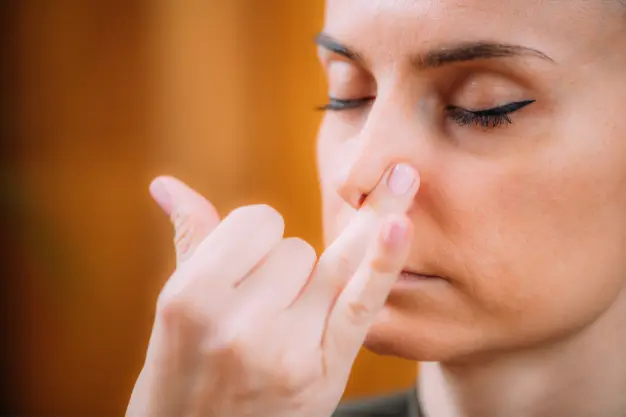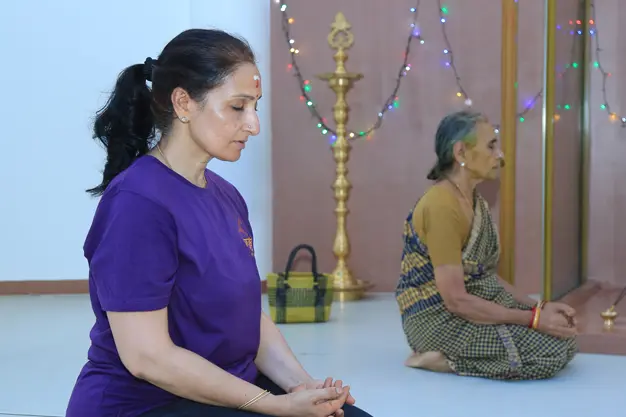Managing Hypertension Through Mind-Body Practices and Yoga
Hypertension, commonly known as high blood pressure, is a significant health concern that can be influenced by both physical and emotional factors. The interplay between our thoughts, emotions, and bodily functions can impact our overall well-being. It’s crucial to recognize these connections and adopt holistic practices to manage hypertension effectively.
Stress, a natural part of life, affects everyone differently. Our reactions to stress are vital indicators of our emotional responses. These reactions, in turn, impact our heart’s functioning. Prolonged stress can trigger the sympathetic nervous system, flooding our bodies with stress hormones and potentially leading to hypertension.
Awareness of stress symptoms is essential in preventing long-term health issues. Emotional turmoil, such as anxiety or anger, can cause physical manifestations like increased heart rate and tense muscles. Ignoring these signs may lead to chronic activation of stress hormones and, eventually, hypertension.
A key aspect of managing hypertension is understanding the mind-heart connection. Emotional states directly influence heart behavior, making heart disease as much an emotional disorder as a physical one. A well-rounded approach involves addressing emotional well-being alongside physical health.
Controlled breathing and relaxation exercises play a significant role in hypertension management. Practicing mindfulness of your respiration rate and heart rate during emotional states allows you to take control. Mindful breathing and yogic techniques can mitigate stress’s effects and promote relaxation.
Yoga postures (asanas) also contribute to hypertension management. Specific asanas, like Shashankasana (Rabbit Pose), Parvata Asana (Mountain Pose), and Go-mukh Asana (Cow Face Pose), help reduce tension, improve blood circulation, and enhance overall well-being. Shashankasana, when performed daily, can alleviate adrenal stress, promoting emotional balance.
Deep breathing exercises are a discreet yet powerful tool for stress reduction. Maintaining a 1:2 inhalation-to-exhalation ratio sends a calming signal to the brain. Tranquilizing pranayamas, such as Shitali and Shitkari, cool the body and soothe the mind, aiding in stress reduction.
Bhramari, or the humming bee breath, is another pranayama technique that relieves stress, anxiety, and insomnia. Humming like a bee creates a thoughtless state of mind, promoting instant stress relief. Regular practice, especially among migraine sufferers, yields positive results.
Yoga Nidra meditation, a practice that balances emotions and calms the mind, aids in hypertension management. A 10-minute session during the day can effectively reduce high blood pressure. Achieving mental and emotional equilibrium, along with maintaining a balanced diet, exercise routine, and sufficient sleep, is integral to managing stress levels.
In the journey towards holistic well-being, the profound link between our body, mind, and spirit cannot be underestimated. As we explore the intricate connection between emotions, stress, and hypertension, it becomes evident that practices like yoga play a pivotal role in harmonizing these elements. Vyaniti Yoga is a beacon of wellness, offering a bridge to this interconnectedness. We are commited to unite body, mind, and spirit aligns seamlessly with the essence of yoga. Vyaniti Yoga’s online sessions and therapy offerings serve as a guiding light for those seeking true equilibrium. Remember, your journey towards a balanced life begins with a single step – one that can be taken by connecting with Vyaniti Yoga through their website, https://vyanitiyoga.com/, or reaching out via phone at +968 96526103 and email at yogatherapy4all@gmail.com. Embrace the transformative power of yoga, as it continues to illuminate the path to a harmonious existence.









